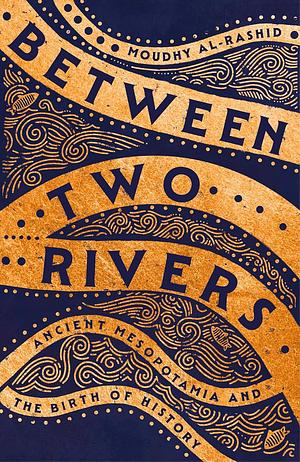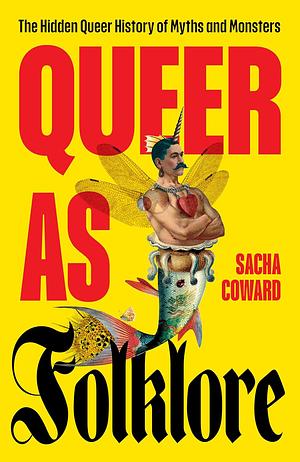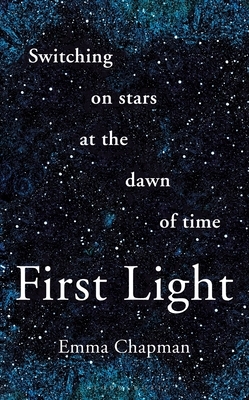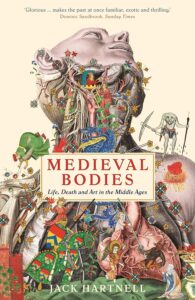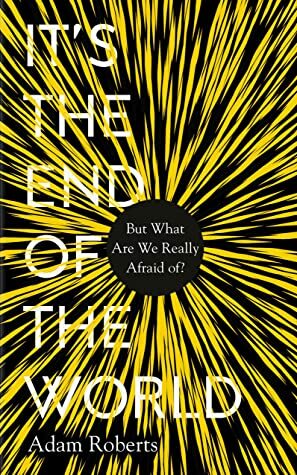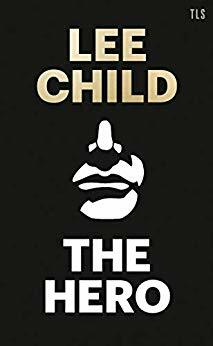
The Hero
by Lee Child
Genres: Non-fictionPages: 96
Rating:

Synopsis:In his first work of nonfiction, the creator of the multimillion-selling Jack Reacher series explores the endurance of heroes from Achilles to Bond, showing us how this age-old myth is a fundamental part of what makes us human. He demonstrates how hero stories continue to shape our world – arguing that we need them now more than ever.
From the Stone Age to the Greek Tragedies, from Shakespeare to Robin Hood, we have always had our heroes. The hero is at the centre of formative myths in every culture and persists to this day in world-conquering books, films and TV shows. But why do these characters continue to inspire us, and why are they so central to storytelling?
Scalpel-sharp on the roots of storytelling and enlightening on the history and science of myth, The Hero is essential reading for anyone trying to write or understand fiction. Child teaches us how these stories still shape our minds and behaviour in an increasingly confusing modern world, and with his trademark concision and wit, demonstrates that however civilised we get, we’ll always need heroes.
Lee Child’s The Hero is a bit of a ramble about language that works its way around to talking about what “hero” means, and how he thinks humans developed heroes. It’s a short read and it’s pretty slight, based on little evidence and without any sources — but if you’re interested in Child as a storyteller, it might be worthwhile to read and get an idea of how he sees storytelling and indeed heroes.
For me, I haven’t actually read any of Child’s work (and I’m not sure it’d be my thing if I did), but it was still mildly entertaining to follow someone else’s slightly rambling train of thought and imagination about how stories came to be, and why we need them.
Not something I’d super recommend, though.
Rating: 2/5 (“it was okay”)

